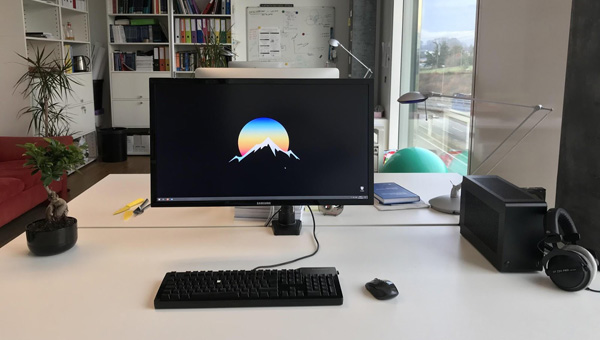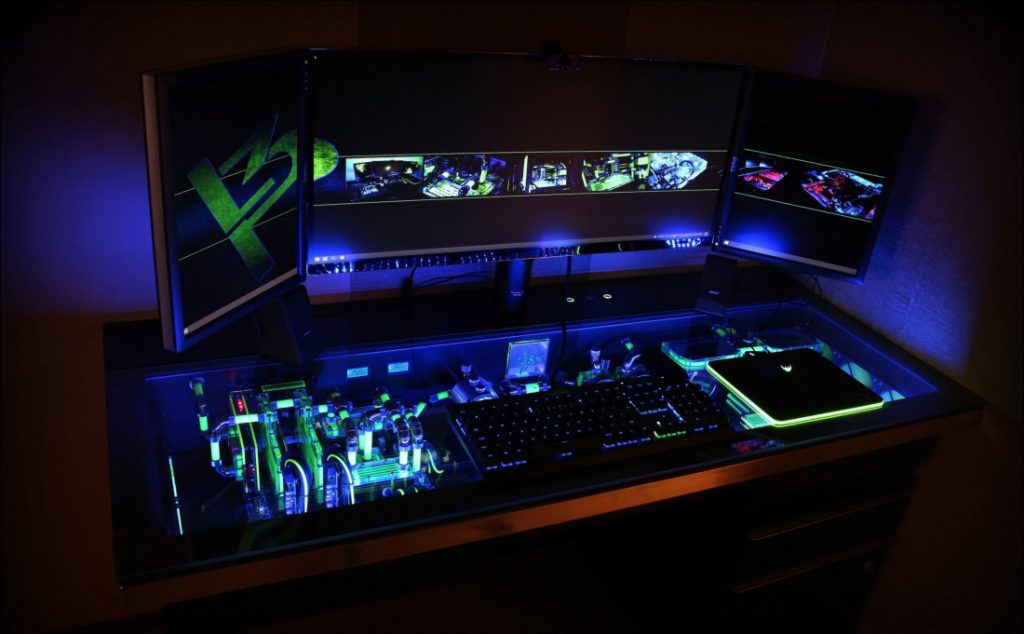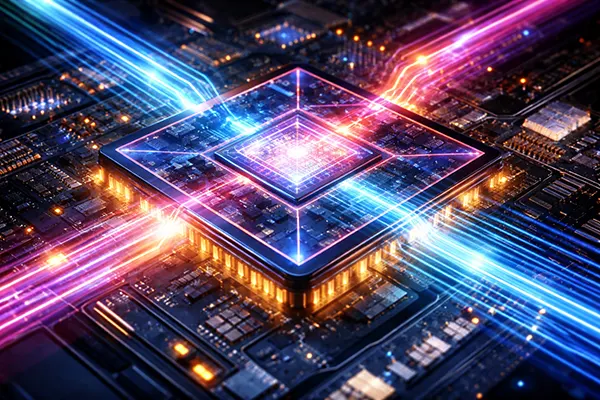Ideal RAM and storage configurations for AI workstations

Don’t underestimate the combined capabilities of RAM and internal storage. Often they are chosen purely on the basis of the capacity of each, but only those who are more or less versed in the intricacies of their functioning look at their tandem. Well-chosen configurations offer numerous advantages.
Making the wrong choice can cost time and patience. Long calculations then become even more time-consuming, and interference modelling leaves much to be desired. All personal computer systems are slow, heavy, and some may become rampant and refuse to work at all.
Avoid such mishaps by knowing what to look for when choosing RAM and storage. The process is quite simple, especially now there are many variants on the market. You may purchase a ready-made combination or create one yourself.
RAM basics
When looking at RAM, its basic parameters will already be “included” in the characteristics of the computer. In other words, what kind of processor and motherboard it will have, such are the features of RAM. Therefore, to think about it should be at the stage of selecting a PC. One should pay attention to such points as:
- DDR4 or DDR5;
- Frequency and latency;
- Total capacity and capacity per DIMM unit.
Today the most popular type is DDR4. Its advantages are a wide choice of variations of additional parameters including speed, latency. Due to a high demand there are a lot of manufacturers of such type on the market which offer different variants regarding performance and cost indices.
DDR5 is new and has not yet had a chance to prove itself properly. Nevertheless it possesses decent features and with time will be able to “squeeze out” its predecessor from the market. Its main nuance is the price. Since it is a novelty and surpasses DDR4 in some parameters, the price tag is set accordingly.

Additional parameters
In terms of frequency and latency, the importance is noted here for artificial intelligence. Some tasks can perform poorly if there is a decrease in the payoff after 3600MHz at CL14 or CL16. If higher speeds and lower latency are chosen, the on-board memory controller will experience difficulties.
In order not to ruin the quality of the PC in the future, it is necessary to get acquainted with the speed of the CPU platform. The standard specification is JEDEC 2133MHz. But it is possible to connect XMP and then the OP will be happy with its abilities. The total capacity of the RAM also needs to be considered. It should act as a supplement to the GPU.
Storage properties
While making the choice of storage, certain factors also need to be considered. These include:
- local and external storage;
- the amount of space inside the chassis;
- the number of accesses on the motherboard
- traditional volume of user data;
- cost.
It is recommended to purchase 2 SSDs. One will act as the primary drive and the second will act as a cache or workspace. The size can be chosen from 1TB to 2TB, which will be quite optimal.


